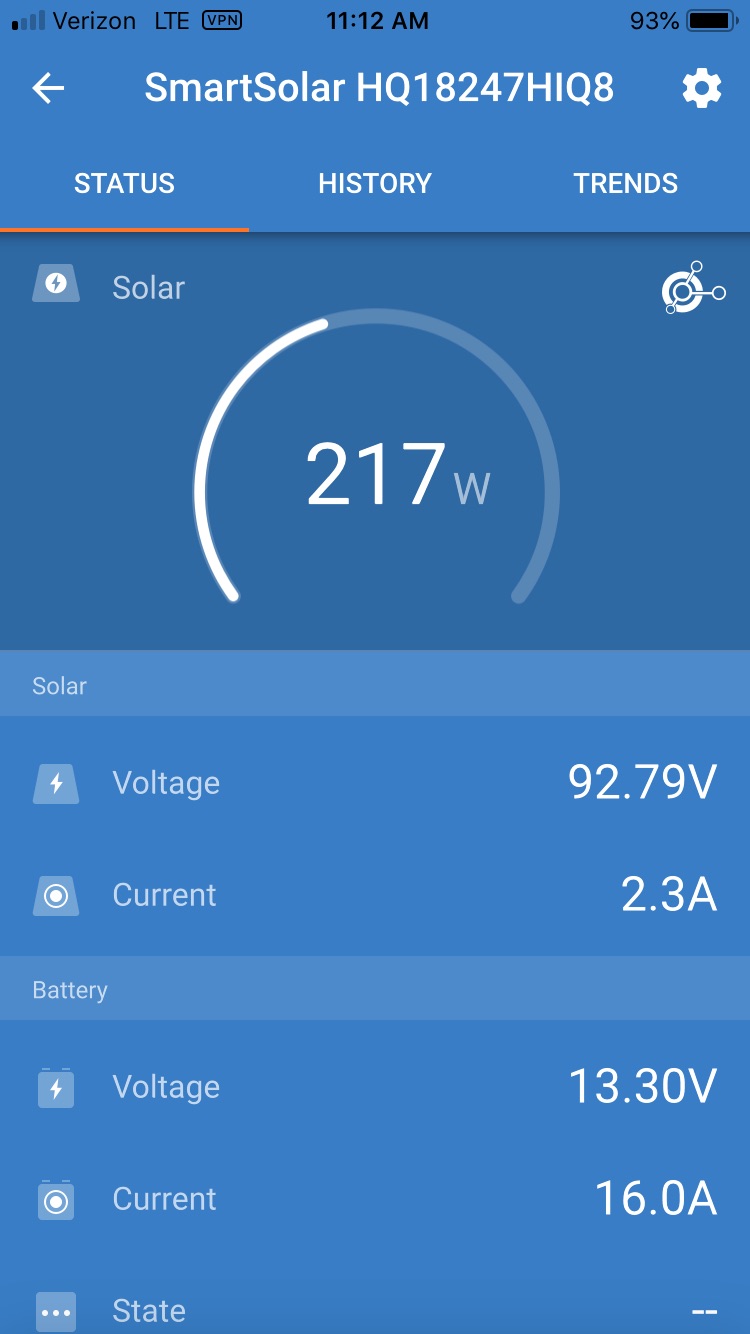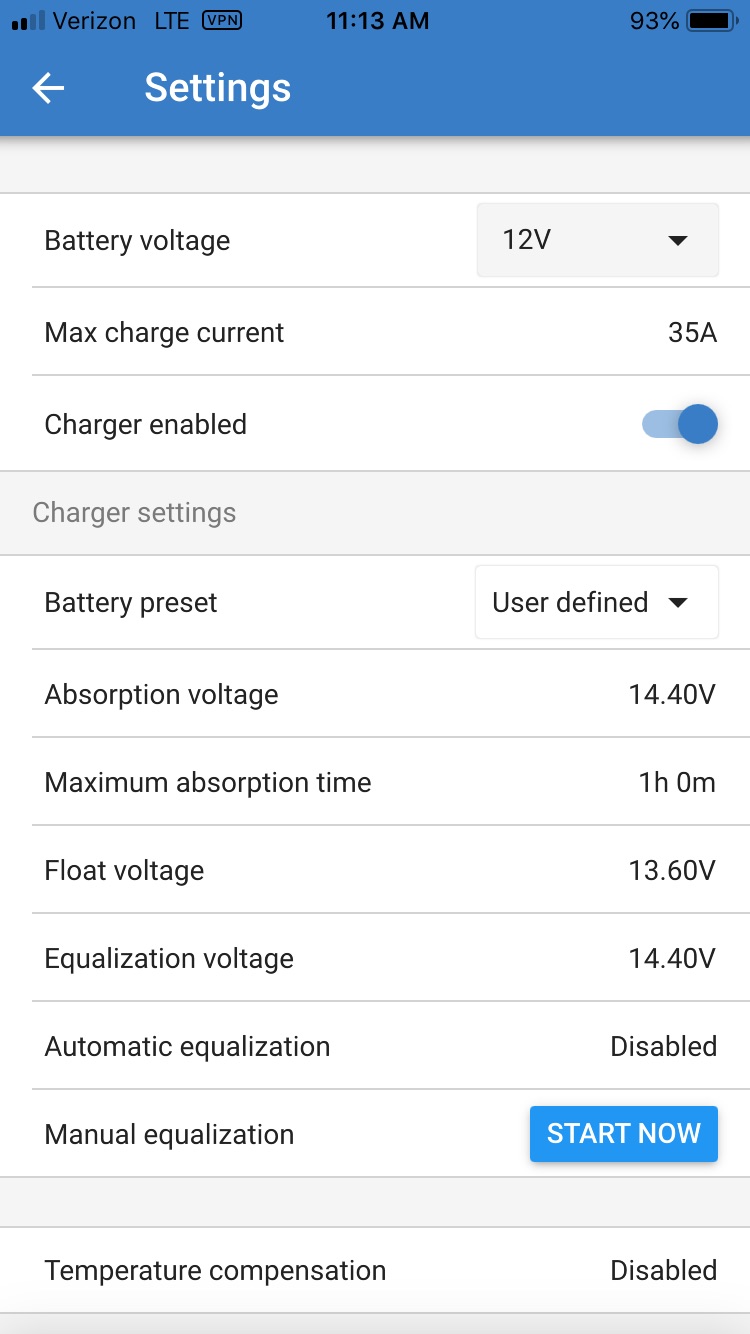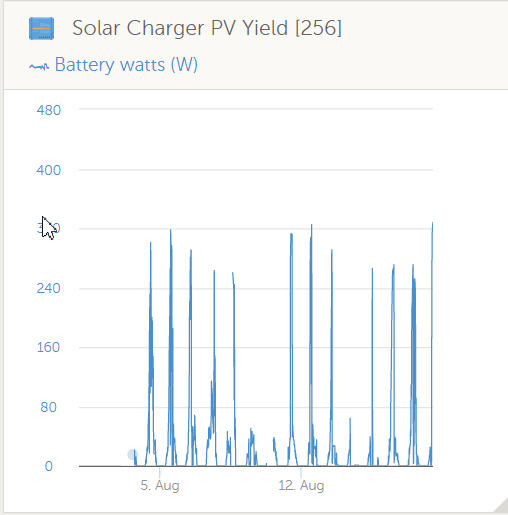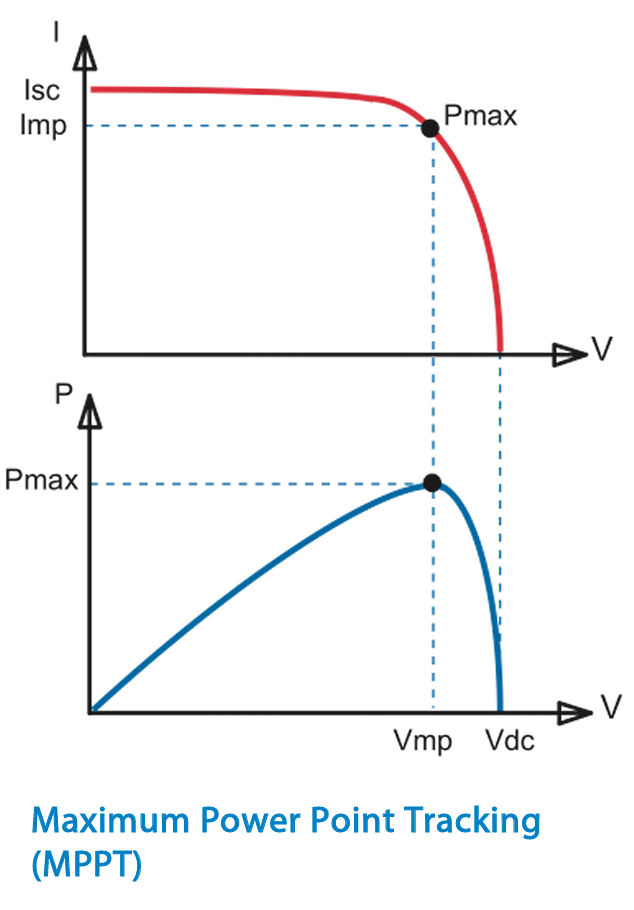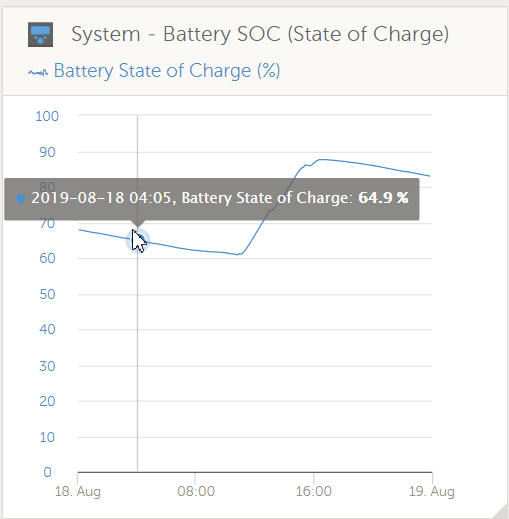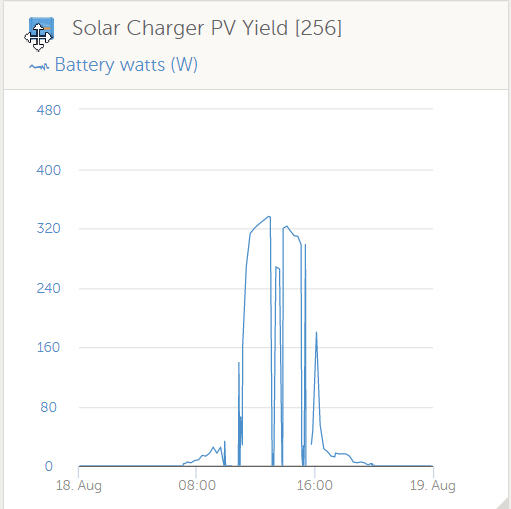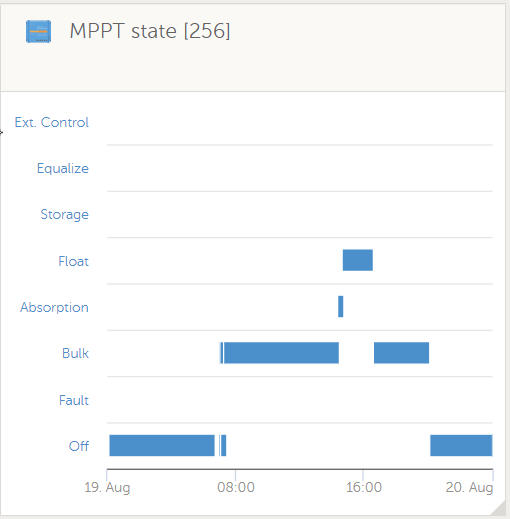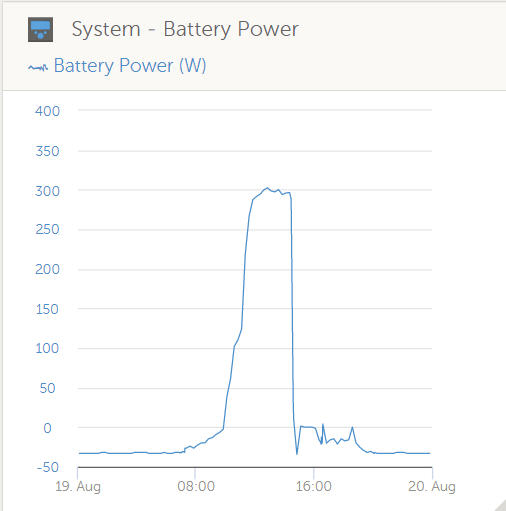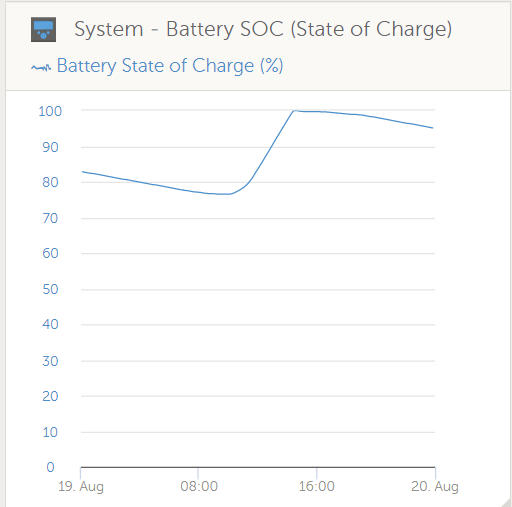System:
Color Control GX (2.33)
BMV-712 Smart (connected to GX via VE.Direct1) (4.01) Bluetooth network for MPPT Charger
MultiPlus Compact 12/2000/80-50 120V (connected to GX via ethernet) (430)
SmartSolar Charger MPPT 150/35 (connected to GX via VE.Direct2) (1.42 - updated on Wednesday from 1.39) Bluetooth network with BMV
3 Renogy 100 AH Lithium batteries in parallel
Was 4, now 5 Renogy 100 Watt Mono Panels (VOC: 21.6V, ISC 6.24A) 5th panel added today for testing. Wired in series.
BMV is autoselected as the Battery Monitor on the CCGX and
10 Gauge solar cables to SmartSolar MPPT 150/35 from the panels
6 (edit - originally said 4) Gauge wire between MPPT and batteries - 6.5 feet. Shutoff on positive and buss bar between them.
4/0 wire from batteries to MultiPlus 14' away. Uses same bus bar as the MPPT.
Salt Lake City, UT area if that matters.
Question/Issue:
I am measuring 101.1 Volts and 5.1 Amps on the wires coming from the solar panels. This was done with the wires removed from the MPPT and measuring at the point where they would be connected.
The MPPT controller is only showing about 1/2 the amps and only about 90% of the volts (see screen shots).
Why would there be that big of discrepancy?
I have had this problem for a few weeks now. With 4 x 100 panels I was only getting a max of 320 Watts according to history - for the most part it was down in the low 200's. This is with 90-100F outside temps in full sunlight around 1pm.
I added a fifth panel for testing to see if it made any difference.
I've seen other posts here about solar output only being about 1/2 of expected, but no real solution. I've checked the wiring, polarity, measured everywhere I could,
Any ideas?
Screen shots:
